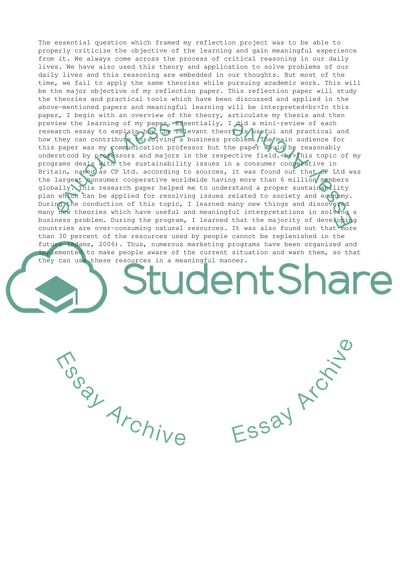Cite this document
(Reflection Module Statistics Project Example | Topics and Well Written Essays - 2500 words, n.d.)
Reflection Module Statistics Project Example | Topics and Well Written Essays - 2500 words. Retrieved from https://studentshare.org/management/1481424-reflection-module
Reflection Module Statistics Project Example | Topics and Well Written Essays - 2500 words. Retrieved from https://studentshare.org/management/1481424-reflection-module
(Reflection Module Statistics Project Example | Topics and Well Written Essays - 2500 Words)
Reflection Module Statistics Project Example | Topics and Well Written Essays - 2500 Words. https://studentshare.org/management/1481424-reflection-module.
Reflection Module Statistics Project Example | Topics and Well Written Essays - 2500 Words. https://studentshare.org/management/1481424-reflection-module.
“Reflection Module Statistics Project Example | Topics and Well Written Essays - 2500 Words”, n.d. https://studentshare.org/management/1481424-reflection-module.


